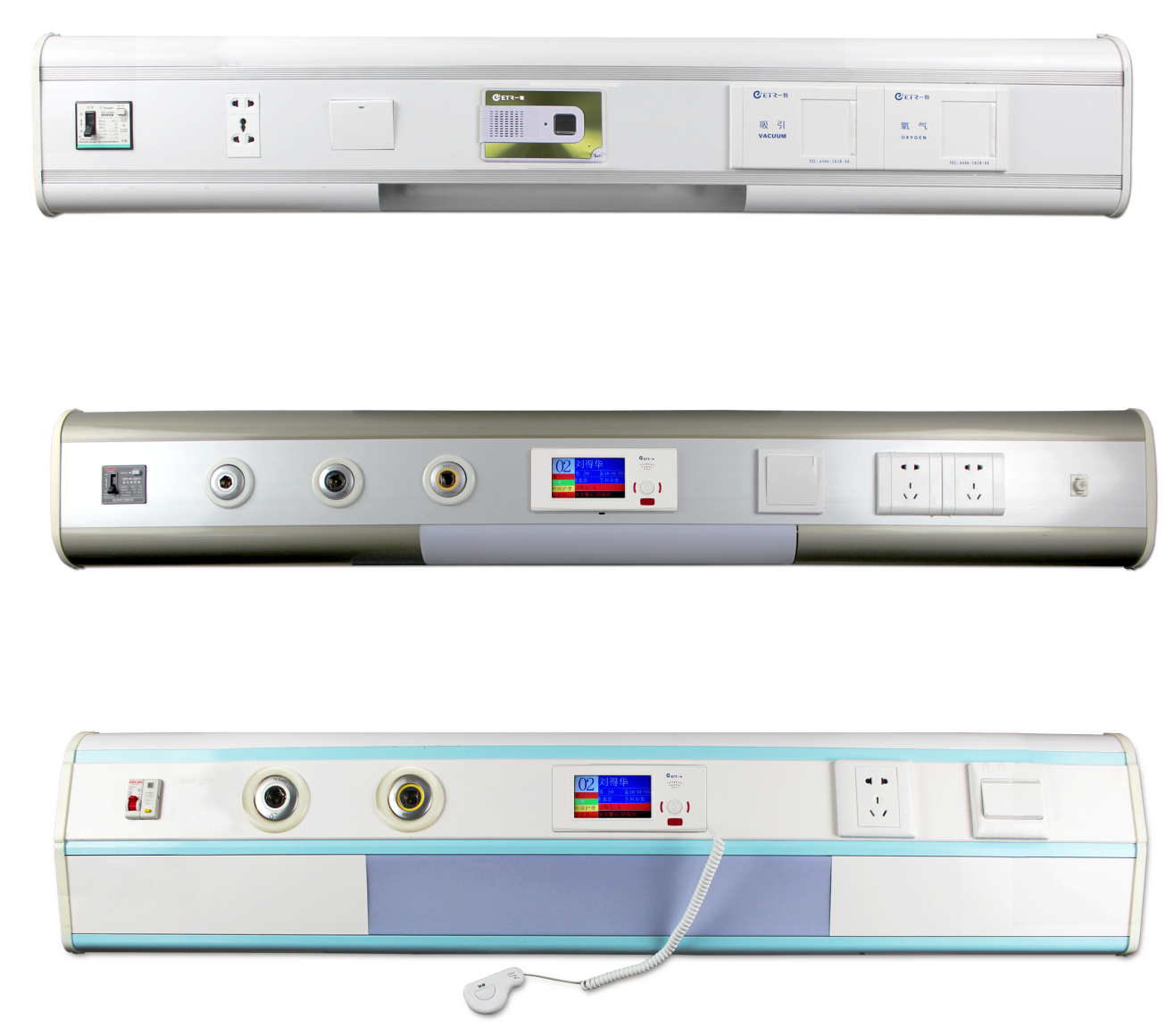British researchers found that botox can treat urinary incontinence
Researchers from institutions such as the University of Leicester in the United Kingdom reported in the new issue of European Urology that they invited 240 women to participate in clinical trials. Both of them have relatively severe overactive bladder. This disease is medically known as the difficulty of self-control of urinary frequency and urinary incontinence. It is estimated that about 20% of the elderly people over the age of 40 have this problem, and most of them are women. This disease often causes great problems for the patient's life.
In this study, about half of the subjects received Botox injections at the bladder wall. Botox has the effect of paralyzing the muscles, and beauty is to use this function to eliminate facial wrinkles. The results of the study showed that Botox can also alleviate the symptoms of overactive bladder. Compared with the control group who did not receive such injection, the number of toilets per day that the former needs to go to the toilet decreased significantly and the number of daily urinary incontinences was increased. From an average of 6 to 1.67. In addition, some people have complete control over their lack of urinary incontinence after receiving an injection. About two-fifths of them can maintain this ability within six weeks after receiving the injection, and about one-third can maintain 6 Months.
Douglas Tintico, who led the study, said that the above Botox trials have outperformed many of today's urinary incontinence medications. Patients who receive the injections are satisfied with their efficacy because of the improved quality of life and are willing to take on the associated side effects. According to reports, the side effects of this injection include the fact that Botox may overly paralyze the relevant muscles, leading to a normal urinary capacity and requiring the use of catheters. In addition, the risk of urinary tract infections in those who receive injections also increases.
Bed Head Unit For Ward
The Medical Bed Head Unit is made of aluminum alloy sections, of which the surface is treated with acrylic painting or electrostatic spray. It is equipped with the dismountable panel, three built-in cabling channels for gas, strong electricity and weak electricity, and external leakage protectors, bedside lamps, large toggle switches, five-hole multi-function socket, gas terminal and Medical wards calling system. The hospital can choose the appropriate color in line with the environmental requirements.

Bed Head Unit For Ward ,Bed Head Panel ,Hospital Bed Head Panel,Mural Bed Head Unit
Hunan Eter Medical Co., Ltd. , https://www.eter-tech.com